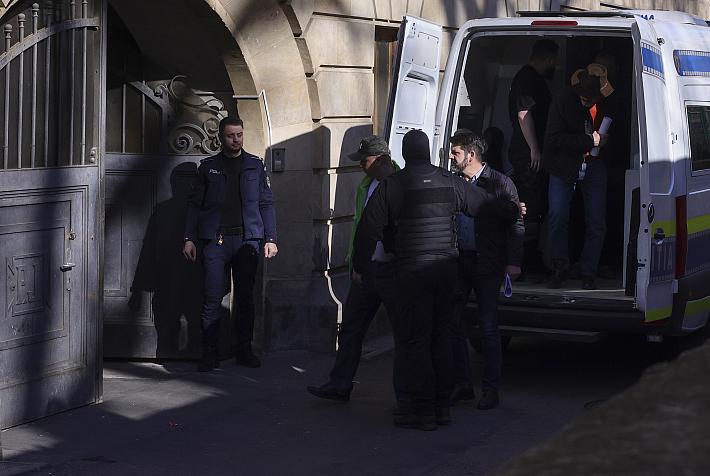3,000-year old Dacian gold bracelet up for auction in Romania

A Dacian gold bracelet, decorated in a spiral pattern, likely dating back to the end of the Bronze Age (circa 12th-9th century BCE), at least a century before the unifying reign of famous Dacian king Burebista, is up for auction in Bucharest.
Artmark, the auction house in Bucharest, is setting up an auction with over 230 historical artifacts and documents that tell the history of Romania. The Dacian bracelet is the highlight of the auction, with a starting price of EUR 7,000.
“This bracelet was crafted using a special technique, from solid gold, formed from a bar with a square cross-section, featuring a very well-executed spiral decoration made by twisting around the longitudinal axis. The piece ends in an area where the edges are rounded and beveled and have two loops through which a leather cord could be passed to secure the bracelet on the arm. It is very well made and is in very good condition for this category of objects, with minimal wear caused by being stored in the ground,” explains Professor Dr. Carol Capiță on Artmark's YouTube channel.
The bracelet comes from the village of Costești, Argeș County, and has been passed down through a private collection for six generations on the maternal line. According to family accounts, Ilie and Rada Neacșu left it to their daughter, Catrina Caterina, who then bequeathed it to her daughter, Catrina Ioana, the great-grandmother of the current owner.
The bracelet is known in the specialized literature, documented through the publication in 2014 of the Archaeological Repertory of Argeș County. This artifact represents a rare discovery for the geographic region of Muntenia and the reference chronological period, especially since no other direct analogies are known for the current territory of Romania.
The bracelet falls into the category of jewelry with a practical role. This particular piece was part of the adornments associated with the Geto-Dacian elite, both male and female.
"Similar pieces at the National History Museum, primarily the famous Dacian bracelets found in the last two decades, are hoarded items. These are not pieces intended for wear but rather for a special form of hoarding. Beyond the intrinsic value of a hoarded object, it is an item that very clearly indicates the social and political developments in the Romanian space. Therefore, it is an extraordinary act to be able to bid on such a piece,” added Professor Dr. Carol Căpiță.
The auction, titled 'History Auction,' is one of the most anticipated of this autumn and will take place at the Cesianu-Racoviță Palace in Bucharest on September 17, starting at 7:00 PM. Until then, however, the entire collection of historical objects can be visited in a free-entry exhibition at the Artmark Galleries every day, Monday through Sunday, between 10:00 AM and 8:00 PM.
The selection for this history auction also includes other firsts, such as King Carol I's 'traveling desk.' It is a 'Travel Secretary,' with the sovereign's monogram, dating around 1890, with a starting price of EUR 1,500.
The same event also features other items connected to Romania's royal family, such as a crystal and silver carafe with the cipher of Queen Elisabeth of Romania, engraved with the Eberhardt workshop on the lid and dating from the 1910s. The auction also includes a selection of important numismatic items, with lots appearing for the first time in public circulation.
(Photo source: Artmark)













